There is a lot of information about how to promote high-priced courses and programs as an affiliate. But what if the products you recommend are low-priced, everyday products? Can you promote these types of products as an affiliate? The answer is YES, and in today’s post, I’ll share three ways to do just that.
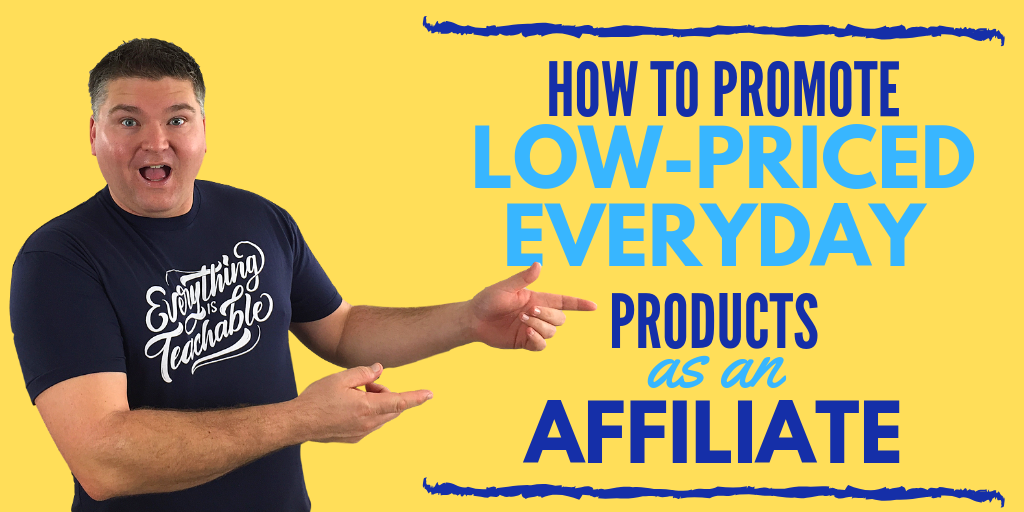
What are “Low-Priced, Everyday Products”?
When I say “low-priced, everyday products” what I’m really talking about are commodities.
These are products that everyone uses and that don’t have a lot of brand loyalty.
When it comes to things like cleaners, toilet paper, etc. we care more about the cost of the item than the actual brand…and we certainly don’t care where we buy them at.
They’re priced relatively low and they’re items that we all use on a regular or semi-regular basis.
Here are three ways to succeed promoting these products.
1. Rethink Buying Online
First off, not everyone lives close to everything they need or want to purchase.
Where I live, running to Costco to grab something real quick is a normal thing, but many people don’t have access as readily as I do.
I often tease Mark on my team because, for him, a trip to Costco is an all-day ordeal. It requires advanced planning, eating a meal away from home and typically results in spending several hundred dollars because he won’t go back for a month or two.
His only major shopping option within 30 minutes is a single Wal-Mart.
And I guarantee you there are many people on your list that are in a similar situation…or they just love the convenience of ordering from home and having it show up on their doorstep!
As I write this in 2019, buying online is becoming more and more popular.
Just look at the initiatives major retailers have to capture a portion of the online retail commodities market.
Here are just a couple of ads I’ve seen from Wal-Mart and Target, respectively:
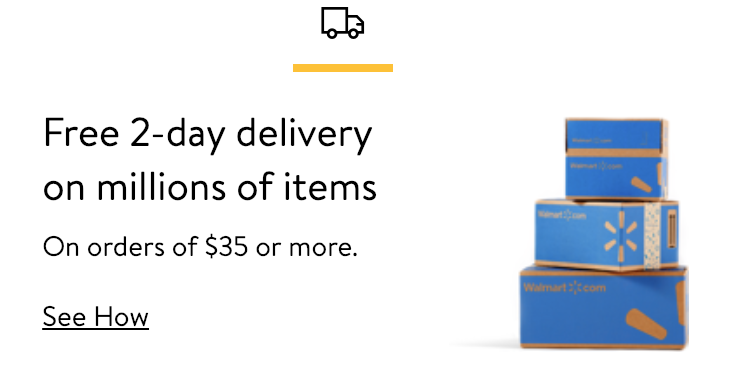

And we all know the way that Amazon has changed the retail landscape with their business model.
The fact of the matter is that now, more than ever, people are willing to order virtually anything and everything they need online.
And most major retailers have affiliate programs that you can join. While their commissions are often low (due to low profit margins), they are trusted and typically convert crazy high!
The convenience that used to be associated with a quick trip to the grocery store when you needed something has morphed into simply pulling out your smartphone, adding items to a virtual shopping cart, and pressing the order button.
2. Focus on Deals
When there is an online deal or coupon offered on a commodity, a lot of websites go absolutely crazy!
My friend Crystal Paine has created an awesome platform by doing just that at MoneySavingMom.
And you can do the same thing with your audience!
Amazon has an entire section of its website named “Today’s Deals.”
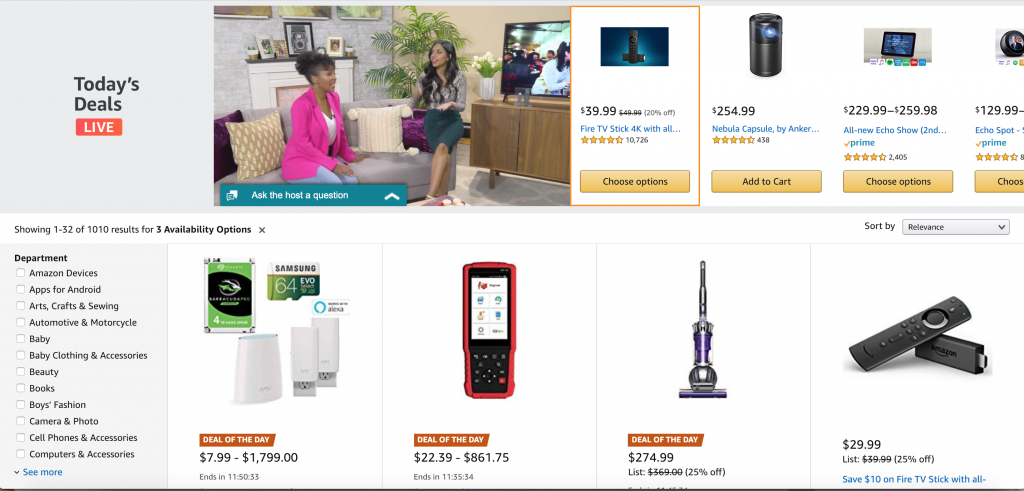
And if you’re going to highlight deals like these from Amazon or other websites, you might as well be using your affiliate link to do so!
If I’m going to be buying toilet paper or bathroom cleaner anyway, why would I NOT click on your affiliate link and save myself $5?
3. Remember: A Buyer is a Buyer is a Buyer
One of the things I hear often about promoting low-priced items is that the commissions are so low that you would have to sell truckloads of them to ever make it worth it!
But I want to encourage you to reframe the way you think about these low-priced products. It’s not all about the initial commission!
If you’ve followed me for any amount of time at all, you’ve probably heard me quote legendary marketer, Dan Kennedy when he said,
‘A buyer is a buyer is a buyer.’
Someone who has purchased a product from or through you is infinitely more likely to do so again. In fact, a previous buyer is 16 times more likely to purchase your next offer than someone who has never purchased anything.
That means that their value to you is infinitely higher even if the commission you earned is only a few bucks.
You are conditioning your audience.
You are conditioning them to expect you to sell them things.
You are conditioning them to click on links in your emails and in your blog posts.
All of this conditioning will serve you well as you continue to grow your email list, build your business, and begin promoting other products and services.
Think Outside the Commodity Box
If you only promote low-priced, everyday commodities, I challenge you to begin thinking outside the box.
What else can you share with your audience?
If your audience is stay-at-home moms looking for deals on household goods, you could also promote products that help them learn how to earn a side income from home, for example.
Or how about a course on personal finance, time management, or goal setting?
If your audience is car enthusiasts and you normally promote car parts and accessories, is there a certification program that you could promote to them or a dream car driving experience?
Ask yourself what else your audience might be interested in buying and promote those products, too. You can still promote the everyday items but you diversify your promotions and your income.
If you’re still not sure what to promote, I would recommend downloading my free “What to Promote Checklist.”
I use this exact checklist to decide what products and programs I’m going to promote to my audience and it can help you do the same!
Follow these three steps and you can succeed at promoting these low-priced, everyday products. You’ll also create an audience that trusts you and repeatedly uses your links in the future.
Do you promote everyday items to your audiences? What tips do you have for doing so successfully?
Questions?
Text me anytime at (260) 217-4619.
Or…check out some of my free reports to help you get on the right track:
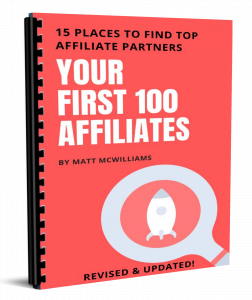 |
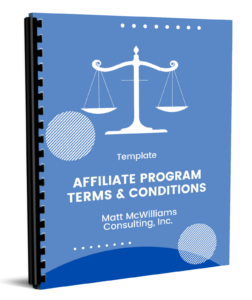 |
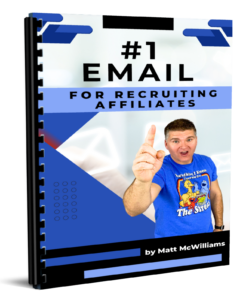 |
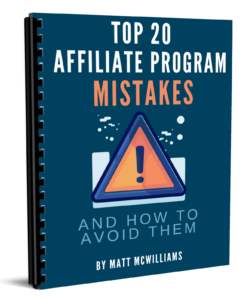 |
 |
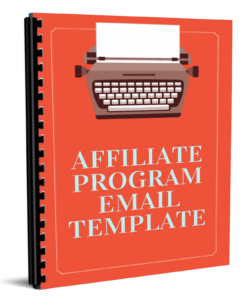 |
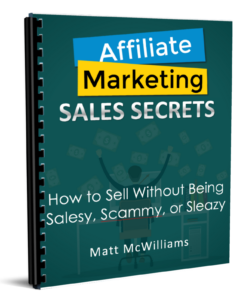 |
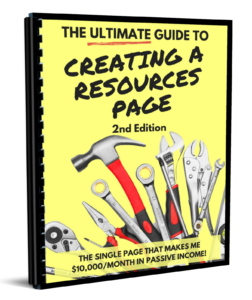 |
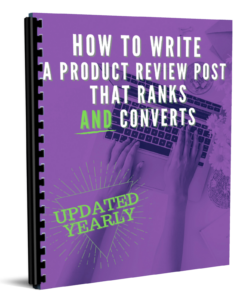 |
